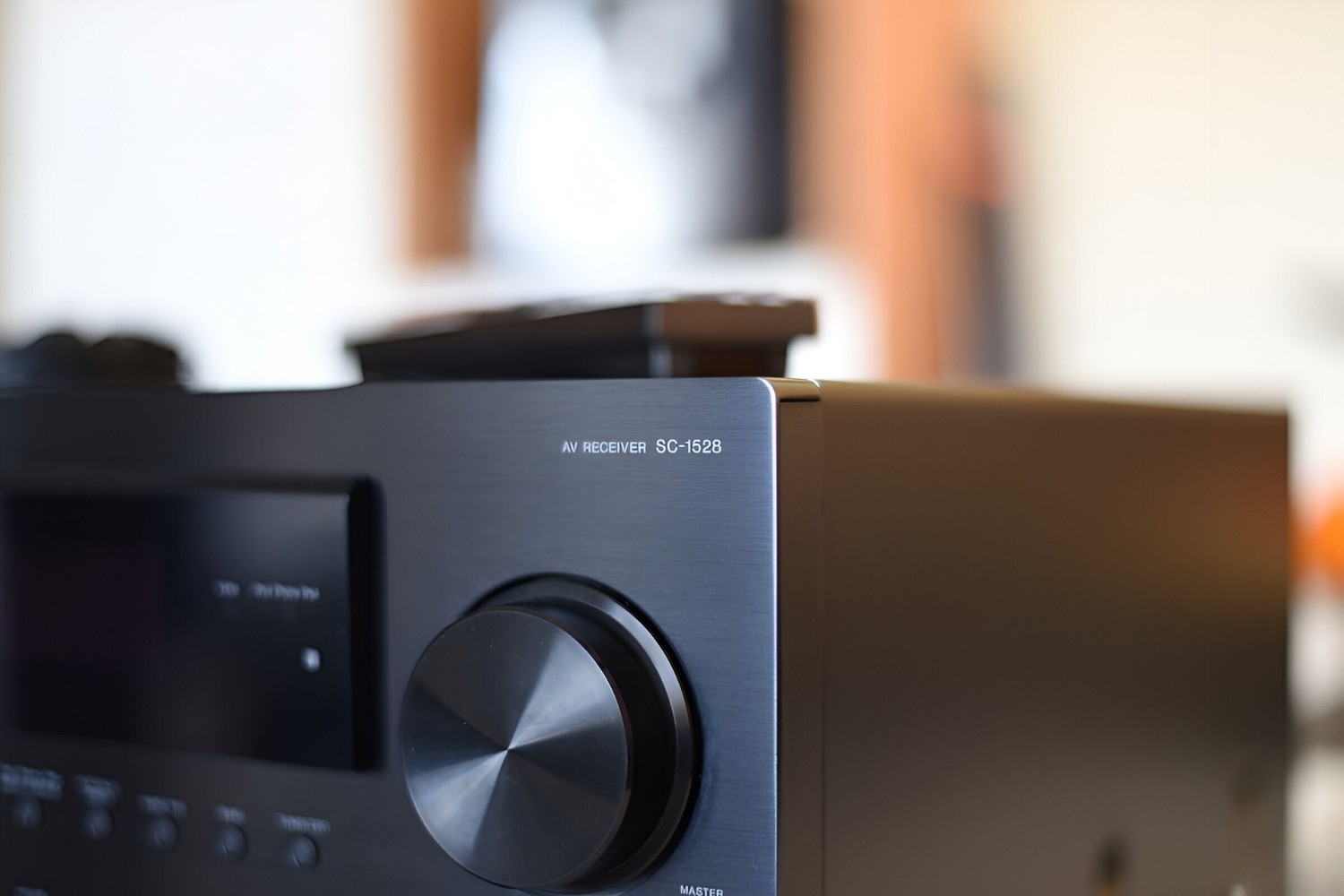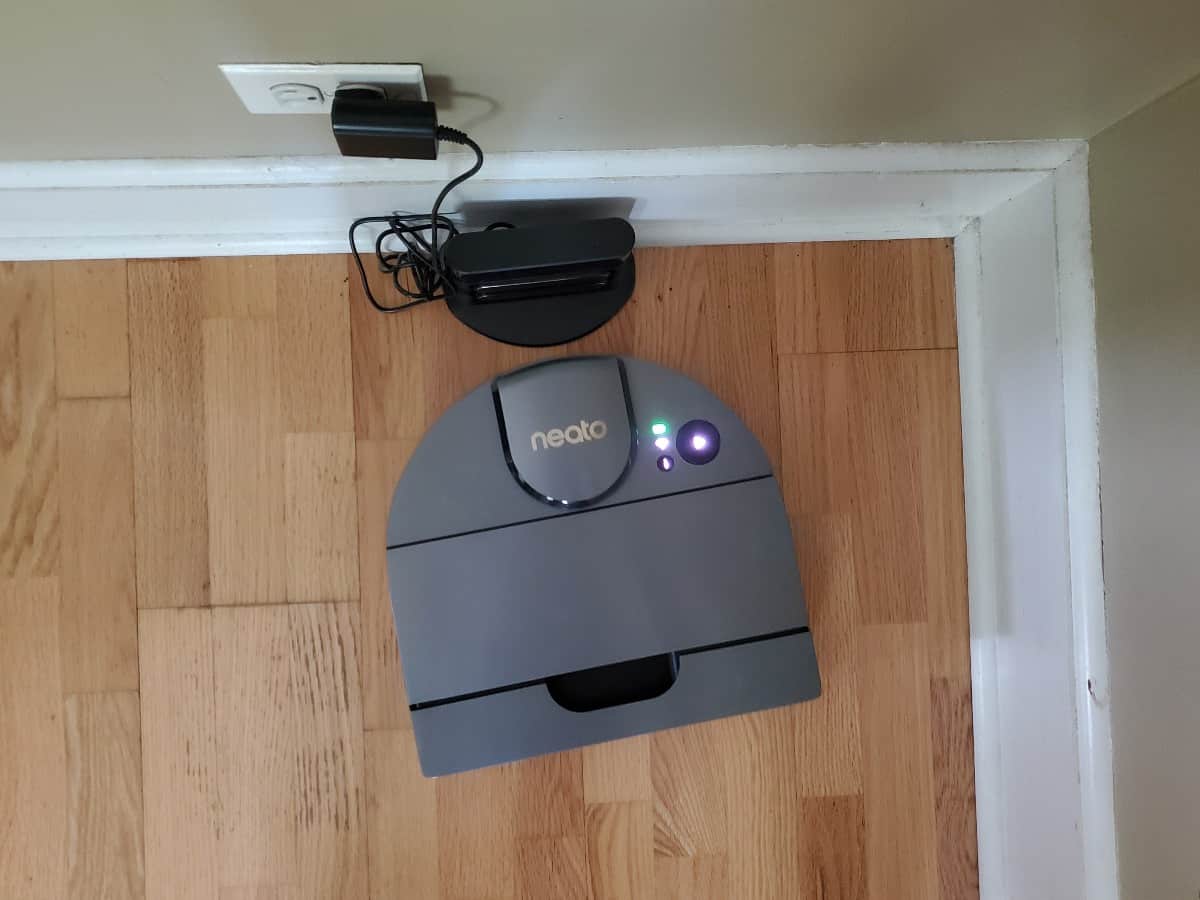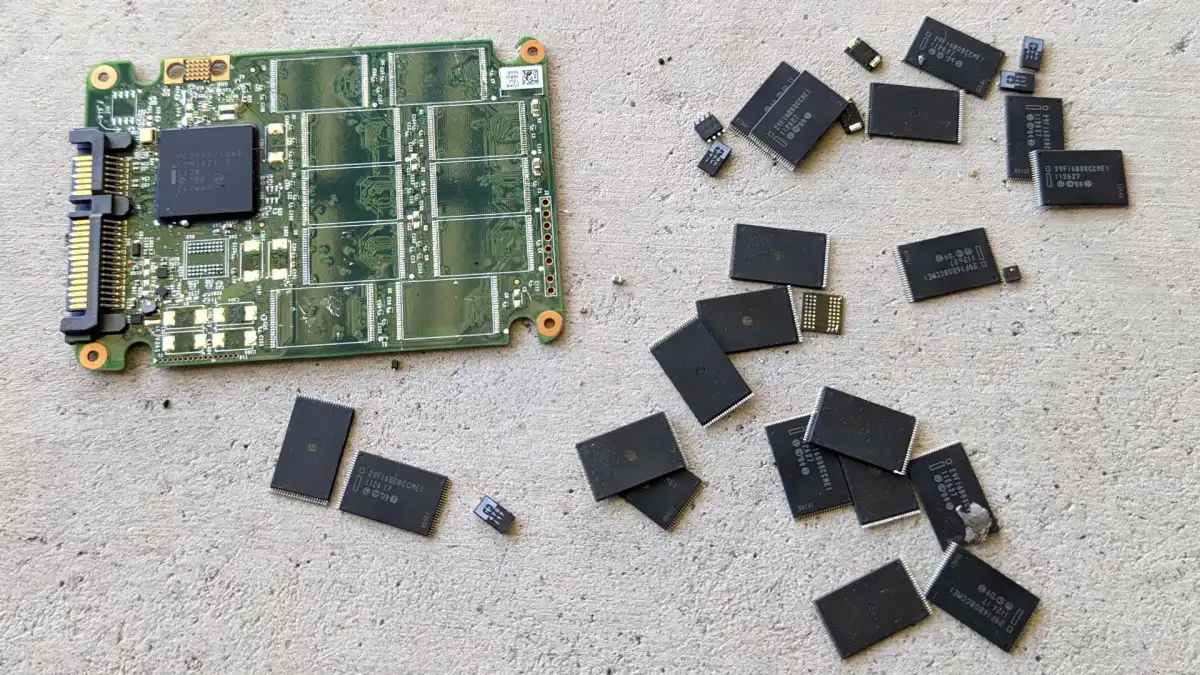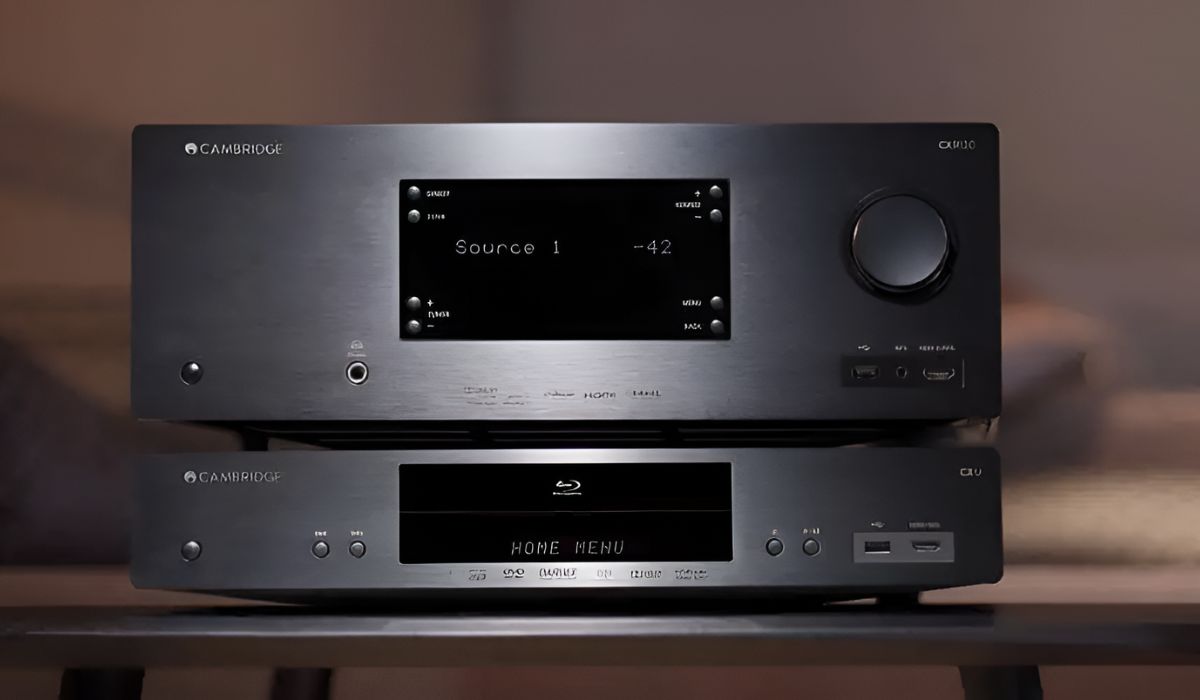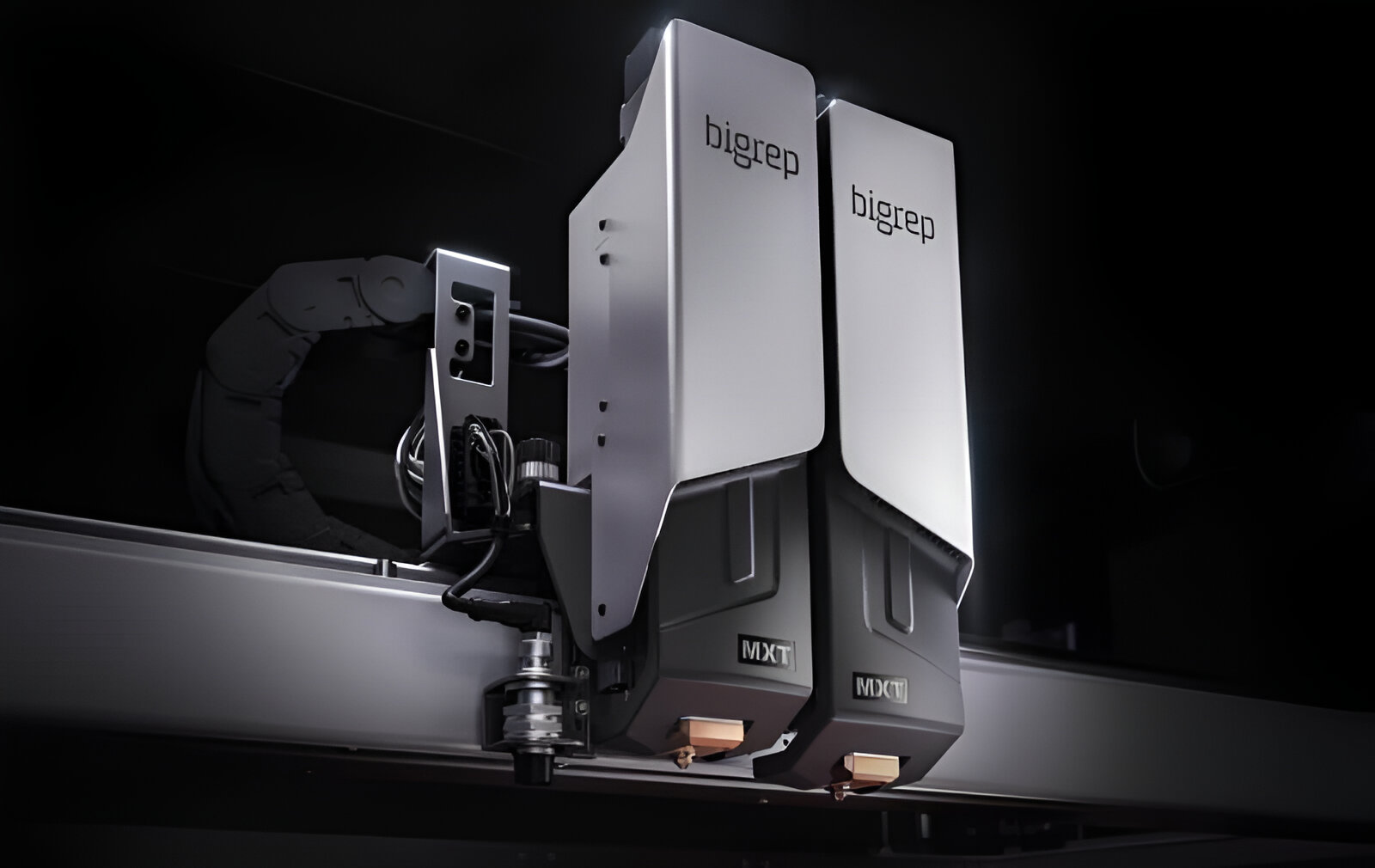Introduction
Welcome to the world of audiovisual excellence, where cutting-edge technology meets the art of immersive entertainment. In this article, we delve into the realm of Class D3 AV receivers, a pivotal component in modern home theater systems. As technology continues to advance, the demand for high-fidelity sound and crystal-clear visuals has become increasingly prevalent. This has led to the development of Class D3 AV receivers, which stand at the forefront of audio and video processing, setting new benchmarks for performance and efficiency.
Class D3 AV receivers represent a significant leap forward in audiovisual technology, offering unparalleled sound reproduction and signal processing capabilities. These sophisticated devices are designed to deliver an immersive and captivating home theater experience, elevating the way we perceive and enjoy audio and video content.
Join us as we explore the intricacies of Class D3 AV receivers, uncovering their defining features, benefits, and key considerations for those seeking to integrate these state-of-the-art devices into their home entertainment setups.
Definition of a Class D3 AV Receiver
A Class D3 AV receiver is a sophisticated audiovisual component that serves as the central hub of a home theater system, orchestrating the seamless integration of various audio and video sources. Unlike traditional analog receivers, Class D3 AV receivers employ advanced digital signal processing and amplification technologies to deliver unparalleled performance and efficiency.
At the core of a Class D3 AV receiver lies its digital amplification circuitry, which utilizes pulse-width modulation (PWM) to convert the incoming audio signals into high-fidelity amplified output. This digital amplification process minimizes power wastage and heat generation, resulting in a more energy-efficient and compact design compared to conventional analog amplifiers.
Furthermore, Class D3 AV receivers are equipped with advanced digital signal processing (DSP) capabilities, allowing for precise audio calibration, room acoustics optimization, and immersive surround sound reproduction. These receivers often feature support for the latest audio and video formats, including Dolby Atmos, DTS:X, and 4K Ultra HD video, ensuring compatibility with the latest multimedia content and playback devices.
Moreover, Class D3 AV receivers are renowned for their versatility, offering a comprehensive array of connectivity options such as HDMI inputs and outputs, digital audio inputs, Bluetooth, Wi-Fi, and network streaming capabilities. This extensive connectivity enables seamless integration with a wide range of audio and video sources, from Blu-ray players and gaming consoles to streaming devices and smart TVs.
In essence, a Class D3 AV receiver represents the pinnacle of audiovisual integration and performance, harnessing the power of digital technology to elevate the home entertainment experience to unprecedented levels of immersion and fidelity.
Features of a Class D3 AV Receiver
Class D3 AV receivers are packed with a multitude of cutting-edge features that set them apart as the cornerstone of a premium home theater setup. These features are meticulously engineered to deliver uncompromising audio and video performance while offering a seamless and intuitive user experience.
- Digital Amplification: Class D3 AV receivers utilize advanced digital amplification technology, delivering high-efficiency power output with minimal heat generation, resulting in a compact and energy-efficient design.
- Digital Signal Processing (DSP): Equipped with powerful DSP engines, these receivers enable precise audio calibration, room acoustics optimization, and the seamless reproduction of immersive surround sound formats such as Dolby Atmos and DTS:X.
- High-Resolution Audio Support: Class D3 AV receivers are engineered to support high-resolution audio formats, ensuring the faithful reproduction of studio-quality sound with exceptional clarity and detail.
- 4K Ultra HD Video Support: With HDMI connectivity and advanced video processing capabilities, these receivers facilitate the seamless passthrough and upscaling of 4K Ultra HD video content, delivering stunning visual clarity and realism.
- Multi-Zone Audio: Many Class D3 AV receivers offer multi-zone audio capabilities, allowing users to enjoy different audio sources in separate rooms, creating a truly immersive and customizable listening experience throughout the home.
- Wireless Connectivity: Integrated Bluetooth, Wi-Fi, and network streaming capabilities enable effortless wireless audio streaming from smartphones, tablets, and other compatible devices, providing convenient access to a vast array of digital music services and content.
- Intuitive User Interface: Class D3 AV receivers feature user-friendly interfaces with intuitive on-screen menus and smartphone app control, simplifying setup, configuration, and operation for users of all experience levels.
- Extensive Connectivity: With multiple HDMI inputs, digital audio inputs, USB ports, and network connectivity, these receivers offer comprehensive connectivity options, accommodating a wide range of audio and video sources for seamless integration.
These features collectively position Class D3 AV receivers as the epitome of audiovisual innovation, empowering users to create immersive home theater environments that deliver uncompromising performance and versatility.
Benefits of using a Class D3 AV Receiver
Embracing a Class D3 AV receiver in a home theater setup yields a myriad of compelling benefits, catering to audiophiles, cinephiles, and discerning enthusiasts seeking to elevate their audiovisual experiences to new heights. The following are the key advantages of integrating a Class D3 AV receiver into a home entertainment system:
- Unparalleled Audio Fidelity: Class D3 AV receivers are engineered to deliver exceptional sound quality, characterized by precise audio reproduction, expansive soundstages, and immersive surround sound experiences, ensuring that every sonic detail is faithfully conveyed to the listener.
- Energy Efficiency: With their digital amplification technology, Class D3 AV receivers achieve high-efficiency power output, minimizing power consumption and heat dissipation, leading to a more eco-friendly and sustainable audiovisual setup.
- Future-Proof Technology: These receivers are designed to support the latest audio and video formats, including high-resolution audio and 4K Ultra HD video, ensuring compatibility with the evolving landscape of multimedia content and playback devices.
- Immersive Surround Sound: Leveraging advanced DSP engines, Class D3 AV receivers enable the seamless reproduction of immersive audio formats such as Dolby Atmos and DTS:X, creating a captivating and enveloping audio environment that transcends traditional stereo and surround sound setups.
- Seamless Integration: With comprehensive connectivity options and wireless capabilities, these receivers effortlessly integrate with a diverse array of audio and video sources, offering a unified and streamlined multimedia experience.
- Multi-Room Audio Flexibility: Many Class D3 AV receivers support multi-zone audio, allowing users to enjoy different audio sources in separate rooms, catering to the diverse listening preferences of household members and enhancing the overall home entertainment ecosystem.
- User-Friendly Operation: Equipped with intuitive user interfaces and smartphone app control, these receivers simplify setup, configuration, and operation, empowering users to effortlessly customize their audiovisual settings and preferences.
- Enhanced Visual Clarity: Through advanced video processing and 4K Ultra HD video support, Class D3 AV receivers deliver stunning visual clarity, ensuring that every frame is presented with exceptional detail and realism on compatible displays.
By harnessing these benefits, Class D3 AV receivers redefine the home entertainment landscape, offering a harmonious fusion of cutting-edge technology, uncompromising performance, and immersive audiovisual experiences.
Considerations when purchasing a Class D3 AV Receiver
When venturing into the realm of Class D3 AV receivers, several key considerations should guide the selection process, ensuring that the chosen receiver aligns with the specific needs and preferences of the user. These considerations encompass a range of technical, functional, and practical aspects that are essential for making an informed and satisfactory purchase decision.
- Audio and Video Requirements: Assess the specific audio and video needs of your home theater setup, including the desired audio formats, video resolutions, and connectivity options to ensure that the chosen Class D3 AV receiver can accommodate and enhance your multimedia experience.
- Room Size and Acoustics: Consider the size and acoustic characteristics of the room where the receiver will be utilized, as well as any potential multi-room audio requirements, to determine the ideal power output, audio calibration capabilities, and multi-zone support needed for an optimal audiovisual experience.
- Connectivity and Compatibility: Evaluate the connectivity options and compatibility of the receiver with your existing audio and video sources, such as gaming consoles, streaming devices, and smart TVs, to ensure seamless integration and versatile functionality.
- User Interface and Control: Explore the user interface and control options offered by the receiver, including on-screen menus, smartphone app control, and voice command compatibility, to assess the ease of setup, operation, and customization based on your preferences.
- Brand Reputation and Support: Research the reputation of the manufacturer and the available customer support, warranty coverage, and software updates to ensure a reliable and well-supported ownership experience with the chosen Class D3 AV receiver.
- Future-Proof Features: Consider the future-proof capabilities of the receiver, such as support for emerging audio and video technologies, firmware upgradeability, and expandability, to ensure that your investment remains relevant and capable of meeting evolving multimedia demands.
- Ergonomics and Aesthetics: Assess the physical design, form factor, and installation requirements of the receiver to ensure that it harmonizes with your home theater environment and offers convenient placement and connectivity options.
- Budget and Value Proposition: Determine the budget allocation for the receiver and evaluate the value proposition in terms of the features, performance, and long-term satisfaction it offers, ensuring that it aligns with your expectations and investment considerations.
By carefully considering these factors, prospective buyers can navigate the diverse landscape of Class D3 AV receivers with confidence, ultimately selecting a receiver that seamlessly integrates into their home entertainment ecosystem and delivers a superlative audiovisual experience tailored to their unique preferences and requirements.







